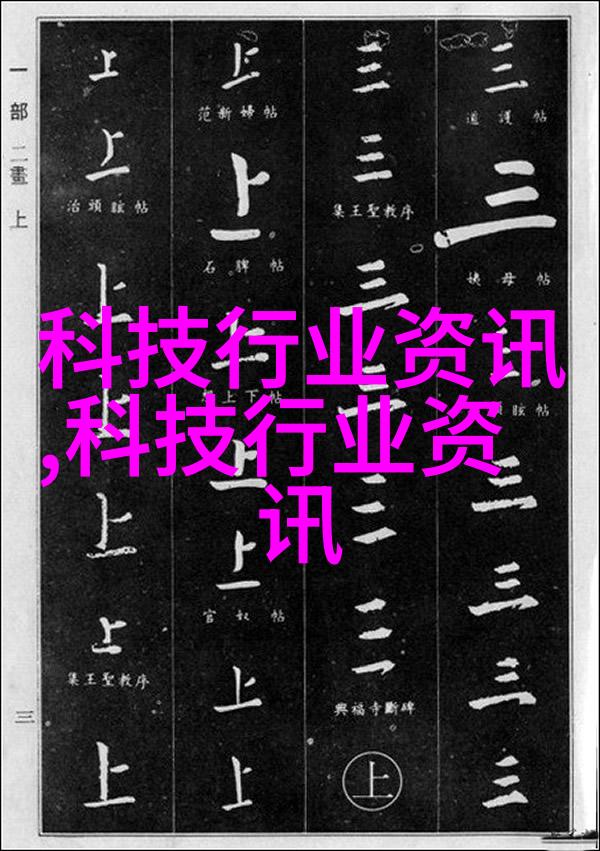pH值

groundwater的pH值是衡量其酸碱性的一种指标,通常在6.5至8.5之间。pH值过高或过低都可能对人体健康造成影响。在检测过程中,我们会通过使用pH计来精确测定水样中的酸碱度。如果发现偏离正常范围,可能需要采取措施调整水质。
总硬度

groundwaters' total hardness主要由钙和镁离子组成,它们可以导致管道堵塞、家用电器损坏以及在工业生产中影响设备性能。硬度测试通常采用EDTA法,即以乙二氨基乙醇(EDTA)为试剂,与含有金属离子的溶液反应形成稳定的络合物,从而确定总硬度的大小。控制总硬度对于维持供水系统和工业设备的良好运转至关重要。
氯化物

chlorine-containing substances are common pollutants in groundwater, which can lead to the formation of disinfection byproducts and affect human health when consumed in excess. Chlorine levels are typically measured using a titration method or spectrophotometry, ensuring that the water quality is safe for consumption.
硝酸盐与亚硝酸盐

Nitrate and nitrite ions can contaminate groundwater from agricultural runoff or sewage leaks, posing potential risks to infant health due to methemoglobinemia (blue baby syndrome). Analyzing these compounds requires sophisticated techniques such as ion chromatography or colorimetry.
重金属(如铅、汞、砷)

Heavy metals like lead, mercury, and arsenic can enter groundwater through industrial waste disposal or natural processes like weathering of rocks and soil contamination tests often involve atomic absorption spectroscopy (AAS) or inductively coupled plasma mass spectrometry (ICP-MS) methods for accurate detection at trace levels.
通过这9项基本检查,可以全面评估地下水质量,并针对不同问题制定相应的治理策略。这不仅保护了饮用水安全,也保证了人们生活环境的一致性与可持续性。